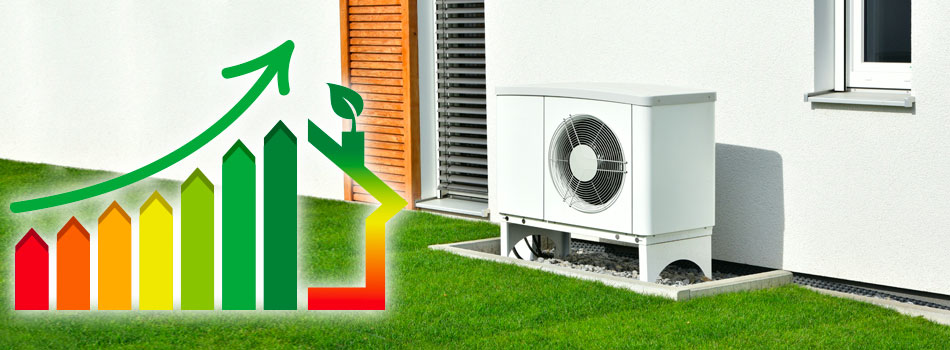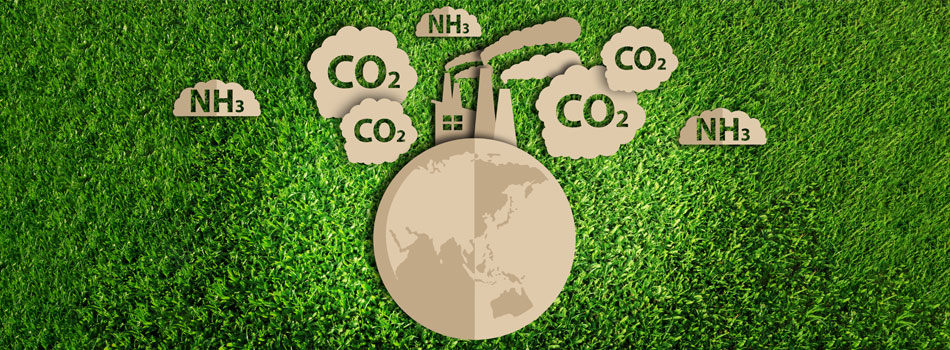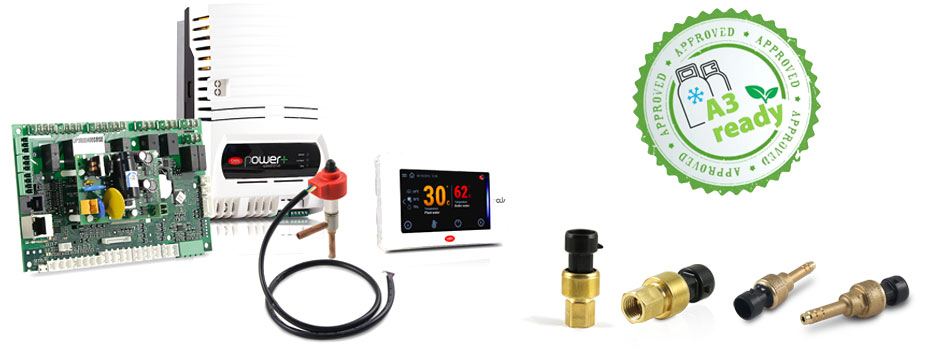Green transition and natural refrigerants: safe components for an efficient solution
It is now increasingly evident, and indeed worrying, how climate change and extreme weather that place the entire ecosystem in serious danger are becoming more and more common.
Rain patterns have changed all over the planet, the pH of oceans due to an increase in carbon dioxide concentrations in the atmosphere is showing a clear trend towards acidification, mountain chains are suffering significant consequences due to the melting of glaciers. And all this causes floods, droughts, desertification and much more.
The main causes are human activities and the rising emissions into the earth’s atmosphere of polluting substances and gases that cause the so-called greenhouse effect.
Obviously, these activities involve every sector: transport, industrial, commercial and residential.

A combination of factors, including the European Green Deal and the European Commission’s REPowerEU plan, are aimed at bringing about the rapid decarbonisation of the residential and commercial sectors, favouring the use of cleaner energy sources combined with highly efficient systems, such as heat pumps: the EU plans to install around 20 million heat pumps by 2026 and nearly 60 million by 2030.
The forecast is that 40% of all residential buildings will be heated electrically in 2030, with heat pumps making a very significant contribution to achieving zero emissions targets.

In the heat pump market, a key role in environmental sustainability is played by the refrigerants: those currently used in the air conditioning sector, typically HFCs, have a high GWP and consequently a considerable impact in terms of increasing the greenhouse effect.
To overcome even this important challenge, the F-GAS regulation is driving a gradual yet rapid elimination of HFC refrigerants in favour of natural refrigerants with zero ODP and a low GWP, meaning they are harmless to the ozone layer and have no effect on global warming.
A survey conducted by several European countries together with REACH has led to further reductions in the use of most HFC and HFO refrigerants. Research has shown how these can be classified as PFAS, chemicals that remain in the environment for a very long time and that can have harmful effects on human health.
Consequently, natural refrigerants will most likely become the definitive choice for the type of refrigerant. The most commonly used in HVAC/R applications to date are: carbon dioxide (R-744), hydrocarbons such as propane (R-290), isobutane (R-600a) and propylene (R-1270), and ammonia (NH3).

Of these, the one with excellent thermodynamic properties that many heat pump manufacturers have chosen is R-290.
The advantages of natural refrigerants have been mentioned above, however on the flip side there is one aspect that cannot be neglected: their high flammability. Most natural refrigerants are classified A3 (flammable) according to the ASHRAE 34 safety standard, hence requiring careful design of the entire system and compliance with specific regulations. The problem relates to the use of electronic components in the heat pump that may be a source of ignition.
Therefore, the following questions arise:
- Are the air conditioning (especially involving heat pumps) and refrigeration markets ready to transition to natural refrigerants?
- How easy is it to develop a suitable solution?
Regulations are the key factor in the transition to the use of natural refrigerants and in ensuring safety. CAREL is actively working to create suitable components to ensure a ready-to-use solution for heat pump manufacturers.
We have developed devices and switches to make the components compatible with the certification required for use with flammable gases, i.e. A3 Ready.
First of all, the heart of the system containing the control software, i.e. the c.pco sistema family electronic board, has been made compliant.
Correct power supply to the high efficiency BLDC compressor is ensured by the PSD2* series inverter, with SPKT* / SPKS* pressure sensors included in the circuit to ensure operation within the limits.
Another fundamental element is the valve body. A hermetic solution called E2V – F has been specially developed, to avoid any refrigerant gas leakages. Moreover, it features precise opening, controlled by the E2VSTAX* stator.
Finally, the pGDN* semi-graphic unit terminal with six buttons, for displaying and setting the unit parameters.
Given the trend illustrated above involving the production of hundreds of thousands of units per year in the next decade or so, certification of the individual components and of the entire solution for use with natural and flammable refrigerants is essential to sustain the growth and development required by the heat pump market.

